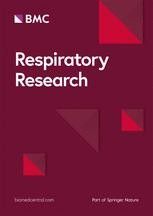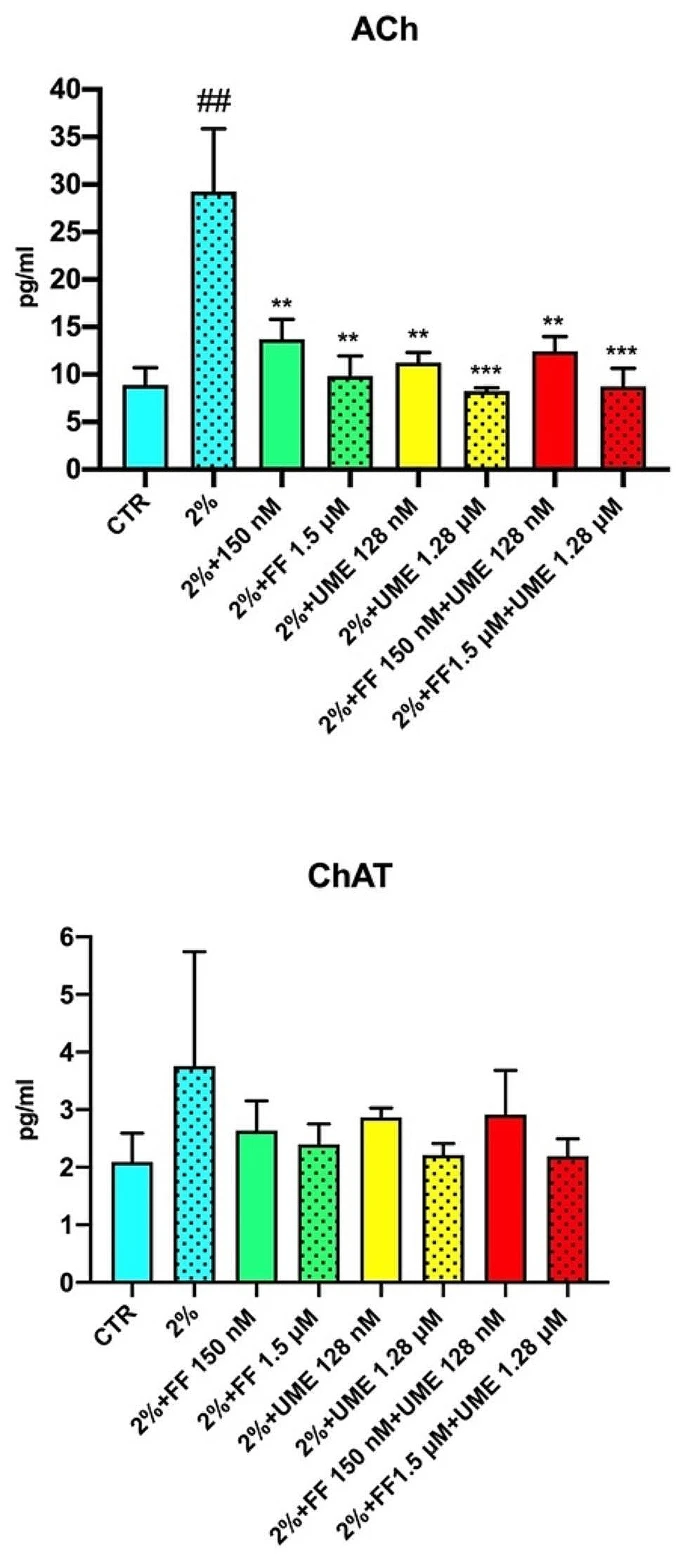
Matera, M.G., Rinaldi, B., Calabrese, C. et al. Respir Res 25, 104 (2024). https://doi.org/10.1186/s12931-024-02710-8
Abstract
Background
Airway epithelial cells (AECs) are a major component of local airway immune responses. Direct effects of type 2 cytokines on AECs are implicated in type 2 asthma, which is driven by epithelial-derived cytokines and leads to airway obstruction. However, evidence suggests that restoring epithelial health may attenuate asthmatic features.
Methods
We investigated the effects of passive sensitisation on IL-5, NF-κB, HDAC-2, ACh, and ChAT in human bronchial epithelial cells (HBEpCs) and the effects of fluticasone furoate (FF) and umeclidinium (UME) alone and in combination on these responses.
Results

IL-5 and NF-κB levels were increased, and that of HDAC-2 reduced in sensitised HEBpCs. Pretreatment with FF reversed the effects of passive sensitisation by concentration-dependent reduction of IL-5, resulting in decreased NF-κB levels and restored HDAC-2 activity. Addition of UME enhanced these effects. Sensitized HEBpCs also exhibited higher ACh and ChAT levels. Pretreatment with UME significantly reduced ACh levels, and addition of FF caused a further small reduction.
Conclusion
This study confirmed that passive sensitisation of AECs results in an inflammatory response with increased levels of IL-5 and NF-κB, reduced levels of HDAC-2, and higher levels of ACh and ChAT compared to normal cells. Combining FF and UME was found to be more effective in reducing IL-5, NF-κB, and ACh and restoring HDAC-2 compared to the individual components. This finding supports adding a LAMA to established ICS/LABA treatment in asthma and suggests the possibility of using an ICS/LAMA combination when needed.
